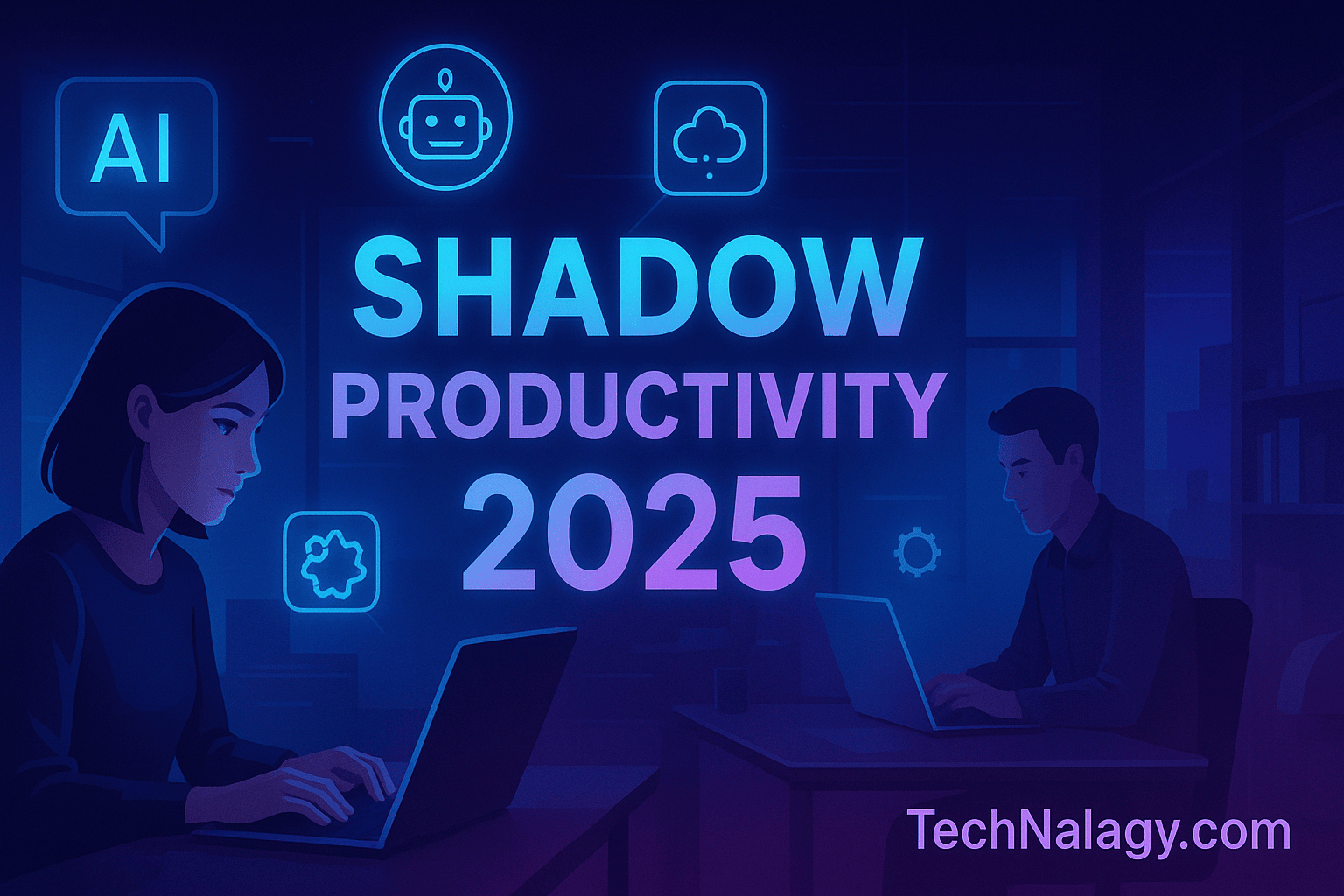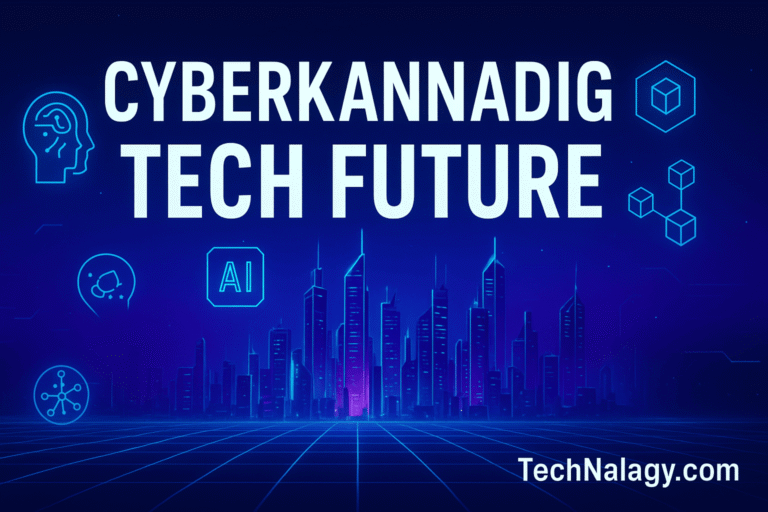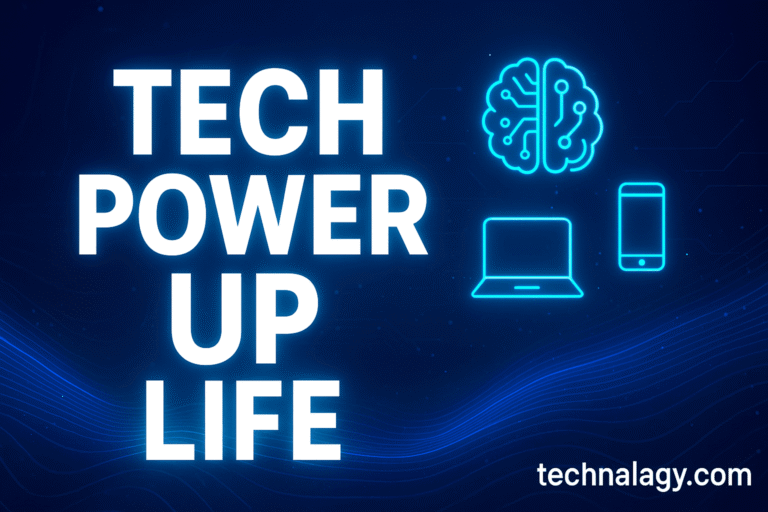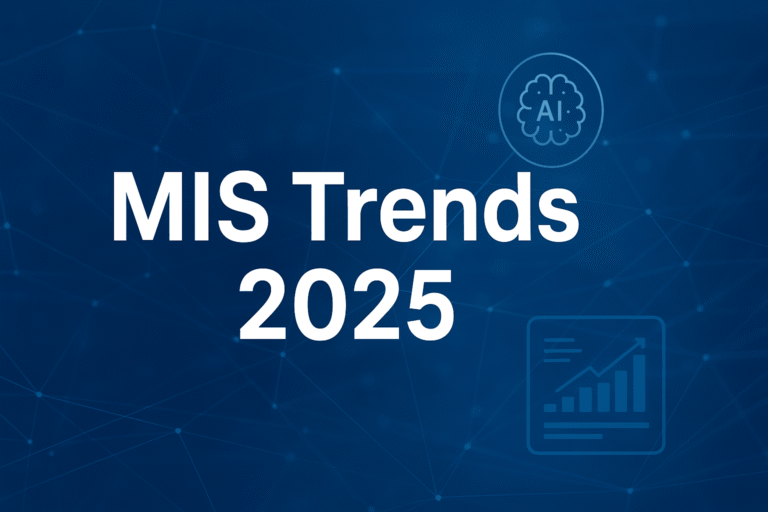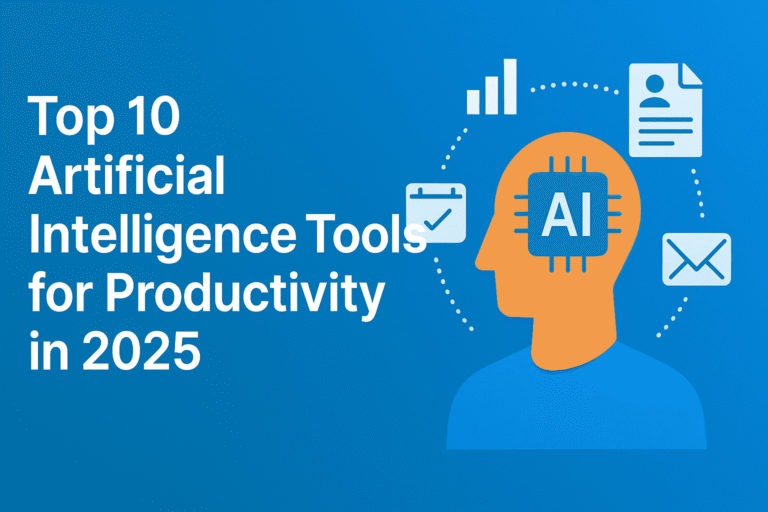Shadow Productivity 2025: How Employees Are Secretly Using AI Tools
Introduction to Shadow Productivity 2025
The year 2025 has become a turning point for artificial intelligence in the workplace. Employees across industries are embracing AI tools at an unprecedented scale—not always with management approval. This hidden use of technology has given rise to a new phenomenon: Shadow Productivity.
Much like “shadow IT” in the past, where employees secretly used unapproved software to get work done faster, shadow productivity reflects a growing reliance on AI tools outside official company policies. While some businesses still hesitate to openly adopt AI, their workforce is already moving ahead, experimenting with platforms like ChatGPT, Gemini, Microsoft Copilot, and other productivity-enhancing tools.
But what exactly is shadow productivity? Why are employees hiding their AI usage? And what does it mean for the future of work in 2025? Let’s dive deep into this emerging trend.
Table of Contents
What is Shadow Productivity?
The Origin of the Term
The concept of shadow productivity evolved from the earlier term “shadow IT.” In the 2010s, workers often downloaded unapproved apps, cloud storage tools, or messaging platforms because company systems felt outdated or inefficient.
In 2025, the same thing is happening with AI. Employees use powerful AI tools without informing their managers—boosting their productivity while staying under the radar.
How It Differs from Normal Productivity
- Normal productivity: Employees use officially approved software and processes.
- Shadow productivity: Employees secretly deploy AI tools, often outside IT oversight, to complete tasks faster, smarter, and sometimes more creatively.
This dual system creates a gap: companies think productivity is happening one way, while in reality, employees are leveraging AI in ways leadership may not even realize.
Why Employees Secretly Use AI Tools in 2025
Fear of Losing Jobs
Many employees worry that admitting heavy reliance on AI will make them seem “replaceable.” Instead of being praised for efficiency, they fear management may consider cutting roles.
Lack of Management Support
Not all companies have clear AI adoption policies. In conservative workplaces, managers discourage experimentation, leading workers to use AI quietly.
Faster Results & Efficiency
From drafting emails to writing code, AI saves hours of manual work. Employees who want to stay ahead simply cannot resist the efficiency boost.
Personal Experimentation
For some, shadow productivity isn’t about work deadlines—it’s curiosity. Employees experiment with AI for self-learning, brainstorming, or even side projects, all while appearing to stick to traditional workflows.
Most Common AI Tools Behind Shadow Productivity
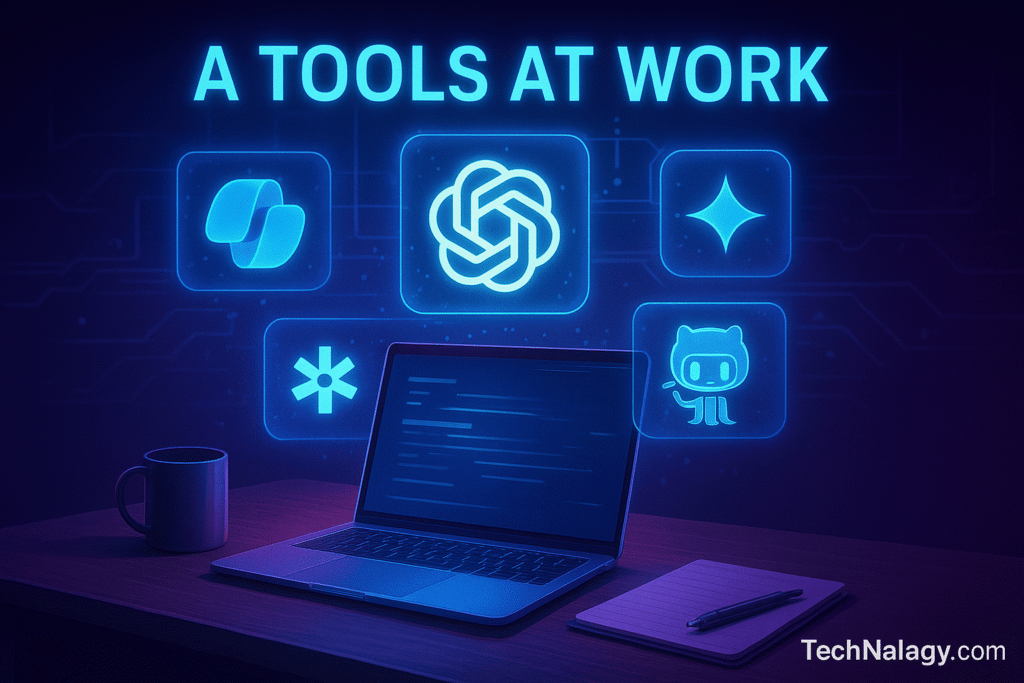
Text & Content Creation AI
Employees rely on conversational AI like ChatGPT, Gemini, and Claude for writing reports, generating presentations, and even building client pitches. These tools allow workers to complete complex tasks in a fraction of the time.
AI Coding Assistants
Developers often use GitHub Copilot, TabNine, and CodeWhisperer secretly to accelerate software development. These tools suggest code snippets, debug errors, and speed up repetitive tasks.
Workflow Automation Tools
Tools such as Zapier AI, Notion AI, and AutoGPT streamline repetitive processes like data entry, file organization, and reporting. For a deeper dive into this, see our guide on AI Workflow Automation Tools.
Productivity Suites with AI
Microsoft’s Copilot has become a silent partner for many office workers. From Excel data analysis to PowerPoint slide design, it’s boosting efficiency everywhere—sometimes without managers realizing. (Check our article on Microsoft Copilot Productivity 2025 to learn more.)
Risks of Shadow Productivity in the Workplace
Data Privacy & Security Issues
Employees might unknowingly upload sensitive company data into public AI platforms. This can expose intellectual property and create security breaches.
Legal & Compliance Challenges
Using AI without company approval can lead to violations of GDPR, copyright law, or industry-specific compliance standards.
Accuracy and Hallucination Problems
AI tools aren’t perfect. Wrong facts or “hallucinations” can slip into reports, damaging trust and credibility when unchecked.
Benefits Companies Can’t Ignore
Boosted Speed & Efficiency
AI-powered shadow productivity drastically reduces repetitive workloads. Reports, presentations, and analyses that once took days now take hours.
Cost Savings in Hidden Ways
By secretly using AI, employees often reduce outsourcing or manual labor costs—even if the company doesn’t realize it.
Employee Innovation & Morale
Ironically, shadow productivity fosters creativity. Workers feel empowered when they discover smarter, faster ways to accomplish tasks.
How Companies Should Respond in 2025
Create Clear AI Policies
Instead of banning AI outright, businesses should build structured guidelines on what tools employees can use safely.
Encourage Transparency Instead of Fear
Employees should feel comfortable sharing how AI improves their work, rather than hiding it. Recognizing and rewarding AI-driven productivity can transform shadow usage into official strategy.
Invest in Trusted AI Tools
Adopting secure and enterprise-ready AI platforms helps balance innovation with safety. Explore our guide on Artificial Intelligence Tools to identify the best ones for business use.
Train Employees on Ethical AI Use
Offering workshops on AI ethics, compliance, and safe practices ensures productivity gains without compromising integrity.
Real-World Case Studies of Shadow Productivity
IT Industry
Software engineers often deploy AI coding assistants quietly, boosting output but bypassing IT approval processes.
Marketing Teams
Copywriters and social media managers turn to ChatGPT or Jasper AI to brainstorm campaign ideas quickly—without informing supervisors.
Education Sector
Teachers and students experiment with AI for lesson planning, grading, or homework assistance, even where policies discourage it.
Expert Insights & Future Predictions
Analysts predict that shadow productivity will only increase as AI becomes smarter and more accessible. According to Gartner’s Top Technology Trends 2025, the rise of “agentic AI” and autonomous systems will further blur the line between official and unofficial AI usage.
In the next five years, shadow productivity may evolve into accepted workplace culture, much like cloud storage tools that were once “forbidden” but are now standard.
Conclusion: The Future of Shadow Productivity
Shadow Productivity in 2025 highlights a critical truth: employees aren’t waiting for official permission to embrace AI—they’re already using it to work faster and smarter.
While the practice comes with risks like security breaches and compliance challenges, the benefits are undeniable. Instead of fighting this trend, companies should learn from it, create clear AI policies, and integrate the tools their employees already love.
In the end, shadow productivity isn’t just a secret trend—it’s a glimpse into the future of how work will be done. Those organizations that recognize and adapt to it will lead the next era of innovation.

Kamran Khatri is the founder of technalagy.com, where he shares insights on AI, future tech, gadgets, smart homes, and the latest tech news. Passionate about making innovation simple and accessible, he writes guides, reviews, and opinions that help readers stay ahead in the digital world.

